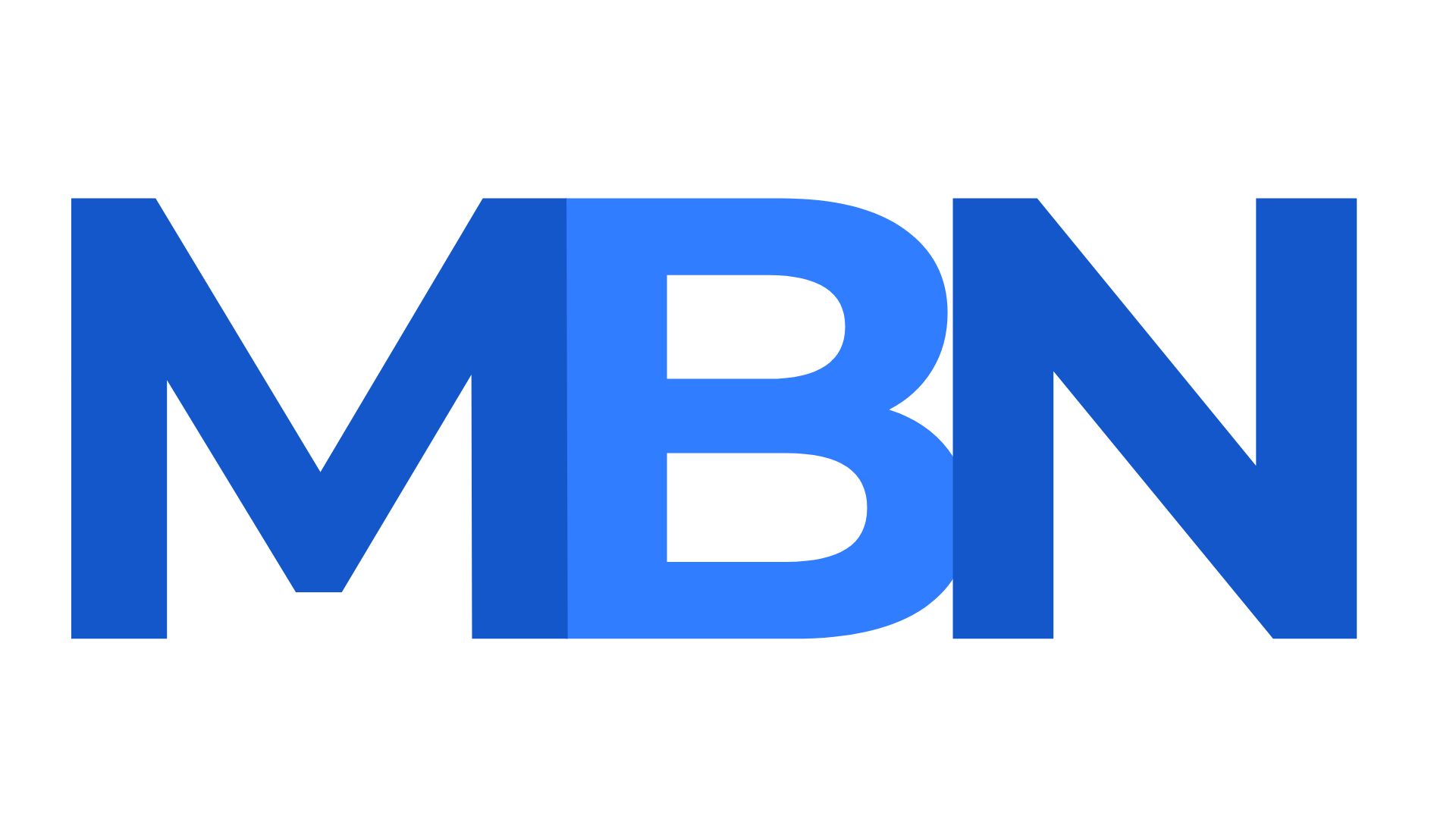US inflation cooled in March, offering consumers brief relief as gasoline and used vehicle prices fell. However, that current trend may reverse as steep tariffs on imported goods take effect.
Core inflation, which excludes food and energy, rose by 0.1% for the month and 2.8% over the year. That’s the slowest annual increase in core prices since March 2021.
However, with new import tariffs set to soon kick in, there’s growing concern that prices could increase again soon.
- Core inflation: +0.1% MoM | +2.8% YoY (slowest since March 2021)
- Gasoline: −6.3%
- Used cars: −0.7%
- Airline tickets: −5.3%
- Eggs: +5.9%
Energy and Transportation Drove the Slowdown
Headline inflation dipped mostly because energy prices took a hit. Gasoline was down 6.3% in March. Natural gas and electricity went up a bit, but not enough to cancel out the drop at the pump. Other areas tied to transportation also came down, with used car prices down 0.7%, airline tickets down 5.3%, and car insurance down a little as well.
In contrast, food prices kept climbing. Groceries were up 0.5% in March, with eggs jumping 5.9% (the biggest driver). Meat and dairy saw steady increases too, and drinks like coffee and soda ticked up again.
Monthly CPI-U Changes Across Key Consumer Categories
Data source: U.S. Bureau of Labor Statistics
Tariffs Have Yet to Hit the Data
March’s inflation report does not reflect the full impact of new tariffs introduced by the Trump administration. A 10% blanket duty now applies to most American imports, while Chinese goods face a sharply higher 145% rate (this includes the recently announced 125% in reciprocal tariffs on top of a previously announced 20% tariff).
The administration put a temporary 90-day hold on some of the new tariffs after markets (in particular the bond market) reacted badly, but most of the measures are still active, so shoppers may start feeling the impact as early as April or May.
Retailers and manufacturers are already signaling price increases. Amazon CEO Andy Jassy recently said on “Squawk Box” that third-party sellers would likely raise prices to offset the impact of tariffs, citing thin profit margins.
New Fees on Inexpensive Packages from China
It’s also worth noting one big change that kicks in on May 2. The US will start charging new fees on inexpensive packages coming from China and Hong Kong. These shipments, usually under $800 in value, used to arrive without any import duty thanks to something called the de minimis rule. That exemption is now gone.
Under the new policy, each item will be taxed at 30% of its value or a flat $25, whichever is more. And starting in June, that flat fee climbs to $50 per item.
This may sound like a policy tweak, but it will impact millions of online shoppers and the platforms that serve them. Many cross-border sellers built their pricing around the loophole. Without it, that $4 phone charger you found online might now cost closer to $54. Some businesses will try to absorb the cost, at least temporarily. But with narrow margins, it’s likely buyers will be the ones footing the bill.
The Federal Reserve Stays Cautious
The Federal Reserve is watching closely. While inflation slowed in March, central bankers have warned that tariffs could reverse that progress. Fed Chair Jerome Powell recently said it’s essential to prevent short-term price shocks from becoming long-term inflation problems.
“While tariffs are highly likely to generate at least a temporary rise in inflation, it is also possible that the effects could be more persistent. Avoiding that outcome would depend on keeping longer-term inflation expectations well anchored… Our obligation is to keep longer-term inflation expectations well anchored and to make certain that a one-time increase in the price level does not become an ongoing inflation problem,” Powell said on April 04.
Fed officials paused interest rate cuts in January and are not expected to resume them unless there’s clear evidence of slowing growth. For now, the policy rate remains in the 4.25%–4.50% range.
Market expectations suggest a possible rate cut in June, but that depends on how tariffs affect both inflation and consumer spending.
Stability in the Labor Market
Initial unemployment claims rose slightly to 223,000 for the week ending April 5, according to the Labor Department. The four-week average held steady at 223,000. The insured unemployment rate remains at 1.2%, signaling overall stability in the job market.
Wage data also showed real average hourly earnings increased by 1.4% over the past year. That marks the strongest gain since late 2022.
Outlook
March’s data shows that while inflation eased, much of the slowdown was in volatile categories like gasoline and airfares. Food and housing costs continue to rise, and the effects of new tariffs have yet to show up fully in the numbers.
The next few months will be critical. If tariffs push prices higher, the Fed could remain on hold longer than markets expect. And if consumers pull back on spending, growth could slow just as inflation returns.
Let’s say an American company imports an electric bike from China for $1,000 (assuming there are no tariffs). With a 145% tariff, they would have to pay a total of $2,450 ($1,000 + $1,450) to bring that bike into the US. That’s a steep increase.
In order to stay profitable, the importer would have to raise the price for wholesalers or retailers, who then raise the price for customers. So, with a 145% tariff, that same bike may now sell for $3,000–$3,500 instead of $1,200.
And it doesn’t just stop there. Even companies that produce their bikes in the US might raise their prices if they see Chinese competitors are now more expensive. Why? because less competition = more pricing power.
